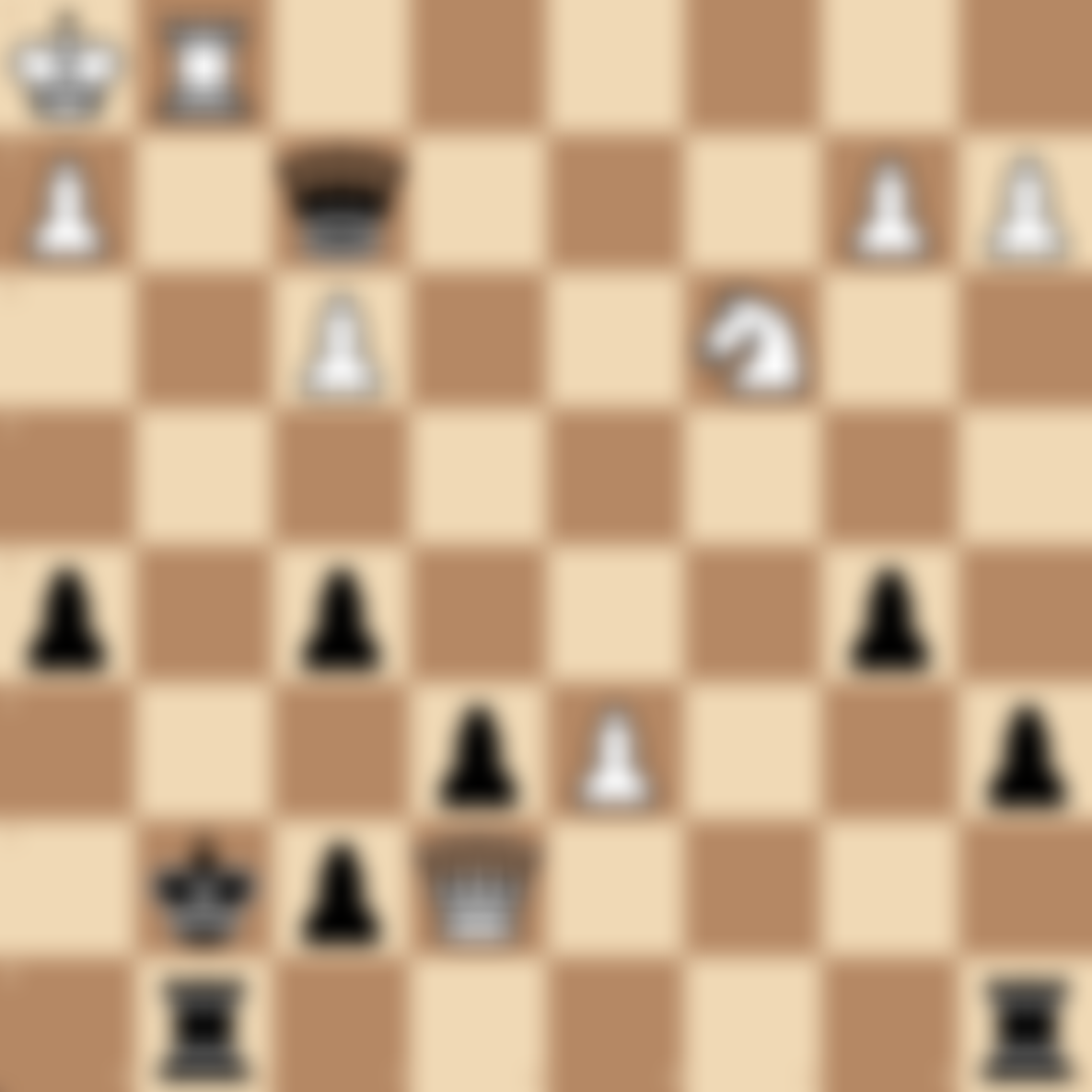Rooks on the Seventh: Dominating the Endgame
Introduction
The concept of "Rooks on the Seventh" is a powerful strategic and tactical idea in chess. At chesspuzzles.io, we've compiled a comprehensive guide and a series of puzzles to help you master this crucial concept, enhancing your middlegame and endgame play.
What are Rooks on the Seventh?
"Rooks on the Seventh" refers to the positioning of rooks on the opponent's second rank (the seventh rank for White, or the second rank for Black). This placement is often a decisive advantage, threatening pawns and cutting off the enemy king.
Importance of Understanding Rooks on the Seventh
Mastering this concept is crucial for several reasons:
- Endgame dominance: Rooks on the seventh often decide endgames.
- Tactical opportunities: This position creates numerous tactical shots.
- Strategic pressure: It severely restricts the opponent's pieces, especially the king.
- Pawn weaknesses: Rooks on the seventh often target weak pawns.
- Mating threats: This position can lead to quick checkmates if not defended properly.
Key Concepts in Rooks on the Seventh
- Cutting off the king: Rooks on the seventh often separate the enemy king from the rest of the board.
- Attacking weak pawns: The seventh rank is where many pawns reside in their starting position.
- Coordination: Two rooks on the seventh are particularly powerful.
- Transition: Understanding when to bring your rooks to the seventh is crucial.
- Defense: Knowing how to defend against rooks on the seventh is equally important.
Common Patterns with Rooks on the Seventh
- Double rooks on the seventh: Extremely powerful, often leading to decisive material gain or checkmate.
- Rook and queen on the seventh: A deadly attacking formation.
- Back rank checkmate: A common mating pattern utilizing the seventh rank.
- Rook lift: Bringing a rook from the back rank to the seventh via the sixth rank.
- Pawn targets: Attacking undefended pawns on their original squares.
How to Utilize Rooks on the Seventh
- Look for opportunities to safely place your rook(s) on the seventh rank.
- Coordinate your rooks to maximize their effect on the seventh.
- Use threats against pawns to tie down enemy pieces.
- Create mating threats by combining rooks on the seventh with other pieces.
- Control open files to facilitate rook penetration to the seventh.
Defending Against Rooks on the Seventh
- Create luft (an escape square) for your king to prevent back rank mates.
- Use pawns to block the seventh rank when possible.
- Counter-attack to divert your opponent's attention.
- Activate your own rooks to challenge control of the seventh rank.
- Exchange rooks if it alleviates the pressure without conceding other advantages.
Famous Games Featuring Rooks on the Seventh
- Capablanca vs. Tartakower, New York 1924
- Fischer vs. Larsen, Portoroz Interzonal 1958
- Kasparov vs. Karpov, World Championship Match 1985, Game 16
Practice Rooks on the Seventh Puzzles
Enhance your understanding and execution of rooks on the seventh tactics with our carefully curated collection of puzzles:
Try our Rooks on the Seventh Puzzles on chesspuzzles.io now
These challenging puzzles are designed to improve your ability to create, utilize, and defend against rooks on the seventh in various positions.
FAQs
Q: Is it always advantageous to place rooks on the seventh rank? A: While often powerful, it's not always the best move. The position must be right, and your rooks must be safe from attack or exchange.
Q: How can I prevent my opponent from getting rooks to my seventh rank? A: Control the open files leading to your seventh rank, keep your king safe, and maintain a solid pawn structure in front of your king.
Q: Are rooks on the seventh more powerful in the middlegame or endgame? A: Rooks on the seventh can be powerful in both phases, but they're often most decisive in the endgame when there are fewer pieces to defend against them.
Q: How does the concept of "rooks on the seventh" relate to "rooks belong behind passed pawns"? A: Both concepts highlight the power of rooks in open positions. Rooks on the seventh often support the advance of passed pawns, combining these two powerful endgame principles.
Q: Can minor pieces effectively defend against rooks on the seventh? A: Minor pieces can help in defense, but they often struggle against the power of rooks on the seventh. The defending king and pawns usually play crucial roles in the defense.
Master the art of utilizing rooks on the seventh to dominate your endgames and create powerful attacking chances! Ready to test your skills? Try our Rooks on the Seventh Puzzles on chesspuzzles.io now and learn how to wield this potent strategic and tactical weapon!
